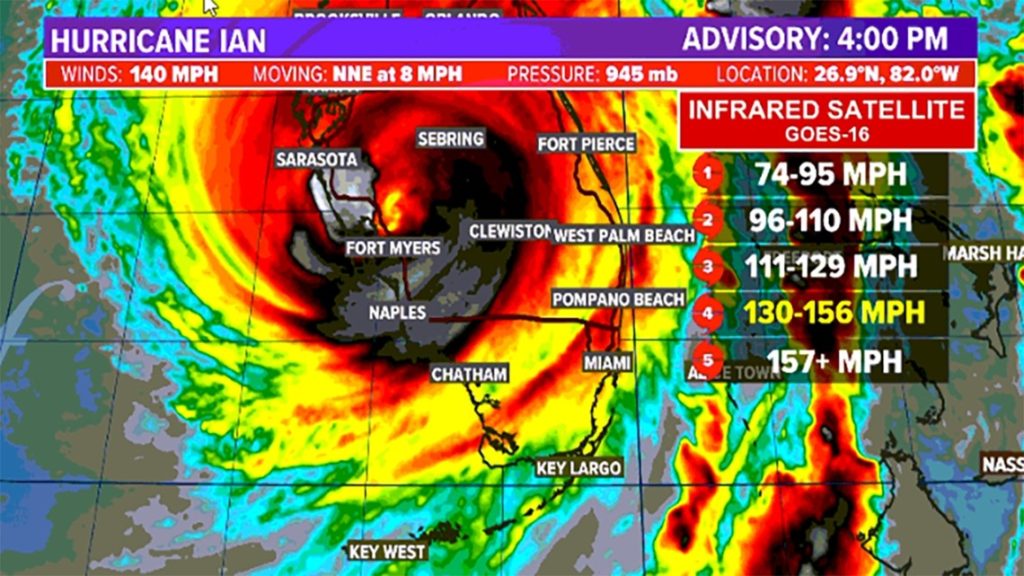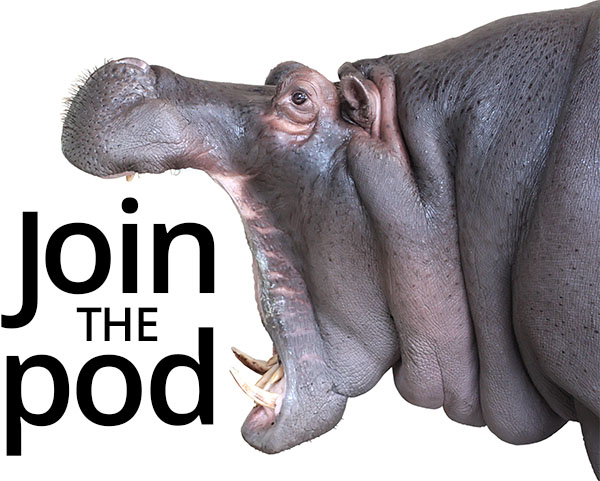Storm of the Century

Meet Ian.There have been many famous ones. The most famous Ian of course is Ian Fleming. This according to several websites, not just my adoring fanship for all things 007. Many are actors like Ian McShane and Ian McKellen. And there are the musicians like Ian Anderson and an obscure college fave of mine: Ian Dury.
This Ian, the one that inspired this blog, is Ian the Hurricane. A wicked and destructive force of nature that swept through my state recently, taking with it 102 lives (so far) and racking up a current cost range of $65 – 100 billion dollars and affecting approximately 1.2 million households and businesses. Wow. Everyone, meet Ian.
Ian was complex. If you watched the various models attempting to predict his route toward Florida, they differed greatly even when close as Cuba and the southern Keys. Locals termed these maps “spaghetti.” It became part of everyday conversation: “Did you see the spaghetti this morning? Which one do you think is correct?” One’s guess was as good as others. Most predicted that the Tampa Bay area would be decimated by winds and the treacherous flooding (aka “The Surge”), wiping the board of all homes and lives.
We now know differently what happened. As Ian approached land 300+ miles off the coast of Punta Gorda, it banked a hard right, heading east, effectively catching those beach towns, hamlets and cities with less time to evacuate. The results were phenomenal as this Cat 4 monster took the coast like Godzilla.
Which model did you follow? What one made the most sense? The different supporting ideas were all plausible, many based as much on the history of previous hurricanes as current weather conditions. This is what is called a complex problem. Complexity is different from complicated. Complicated is your 1040 form. Yes, you can give your tax return to a dozen accountants and while they may all come up with a different result, and within a small margin of error, most will come out pretty close. Complexity deals with multiple possibilities that can have a vast difference of outcomes. Also, complex situations are usually rooted in situations and conditions we are familiar with, such as hurricanes. This wasn’t Florida’s first hurricane rodeo. We here on the peninsula are skilled in the art and science of preparing, surviving and rebuilding post-event.
Chaos, a more unknown and therefore unpredictable instance of something, requires a faster reaction and the chance for greater differences in possible outcomes and an even more flexible approach to “What do we do next?” (For some great reading on chaos and complexity in business and leadership, see David Peterson’s perspective on this and for clarity on the definitions of both, see this.)
Leadership in today’s world of chaos and complexity requires us to adapt to things seen and unseen. Here are three examples of decisions we made as the complex and chaotic nature of Mother Nature approached.
Decision #1: I sent my wife Debora to my 86-year-old mother’s home in Venice, FL, to be with her during this stressful time and to stay safe since Venice has not had a “hit” in recorded history. (Legend has it Native Americans spent hurricane season in that area due to its safe history). She is also four miles from the coast, living on a small inland lake.
Decision #2: My brother Mike decided to weather the storm in his home in Sarasota. While possibly a more dangerous choice because it’s closer to Tampa Bay, he’s also inland and over a mile from Sarasota Bay. He also had a business to protect from the elements. He chose this route.
Decision #3: I elected to finish prepping our house, located on an island on the Intracoastal Waterway between mainland St. Petersburg and the barrier islands. My plan, the most risky, was to remain until the storm committed and if we were in the bullseye of this thing, go either to Venice for the duration or to hillier country in the north central part of the state, staying with friends and leaving the house to the elements.
On further review, we were geniuses for our decisions…not! Venice, as it turned out, received the greatest of Ian’s wrath, suffering significant damage and only recently getting power back. It’s a mess there.
Sarasota also suffered, much lighter though; my brother’s recovery efforts were over in a day or two.
Me? Walter the dachshund and I fared the best. Lots of wind and rain, no damage, no loss of communication or power for the duration. My position, I felt after making it, was the worst of the three. I went to bed Tuesday evening thinking I made bad choices and would be in a kayak paddling to mainland safety by noon. I was the least confident in my choice. My best choice, sending Deb to Mom, had my worst results. Damage to that property will take months to restore. They endured some harrowing moments and adverse conditions.
The good news is everyone is safe! So all three decisions had a positive outcome and reached our intended goal: to survive it. And this is the case for most business decisions, yes? We usually do live through it. There is gravity in our decisions, in what could happen, and we usually are alive to tell the story once impact is realized. The question becomes, what’s there for us on the other side of our decisions? What damage is there, and can we survive and thrive moving forward?
There is a lot of thought and direction on chaos and complexity, I’m sharing just a small and very recent moment experiencing both at once. A couple ideas for you:
- Static. Don’t be. Flexibility is key here. Be ready to shift.
- Stubborn. Don’t be this either. Yes, the goal here was survival, your best ideas are not always the best answer. Listen to others.
- Steadfast. As in resilient. Things will go sideways. It’s OK. People watch the Captain to see how he or she reacts next in choppy waters..
- Strategic. What’s the endgame? Does your next move ultimately get you there?
- Subsequent. As in what’s next? What are you learning as you move forward? How will you use this experience for the next time? What happens later?
For me, the next time I see Cat 2 or greater, I’m boarding up, packing up, and heading inland to friends. Even though my choice was the least impacted and easiest to navigate, it had its opportunity for disaster. It was a learning moment. What will be your choice? Stay in and watch James Bond movies, or listen to the music playing right now and make your best dance moves? Hippos love to dance.
“I challenge your salespeople to become sales professionals. I guide your managers to become leaders.” We are now firmly in Q’4. Ready for 2023? What’s your plan for you and the team? Consider the wild idea of investing in you! Why wait any longer?!? Here’s a link to start creating that discussion right now!
Image Credit: khou.com
Be big. Be cool. Be hippo.
Ready to get started?









